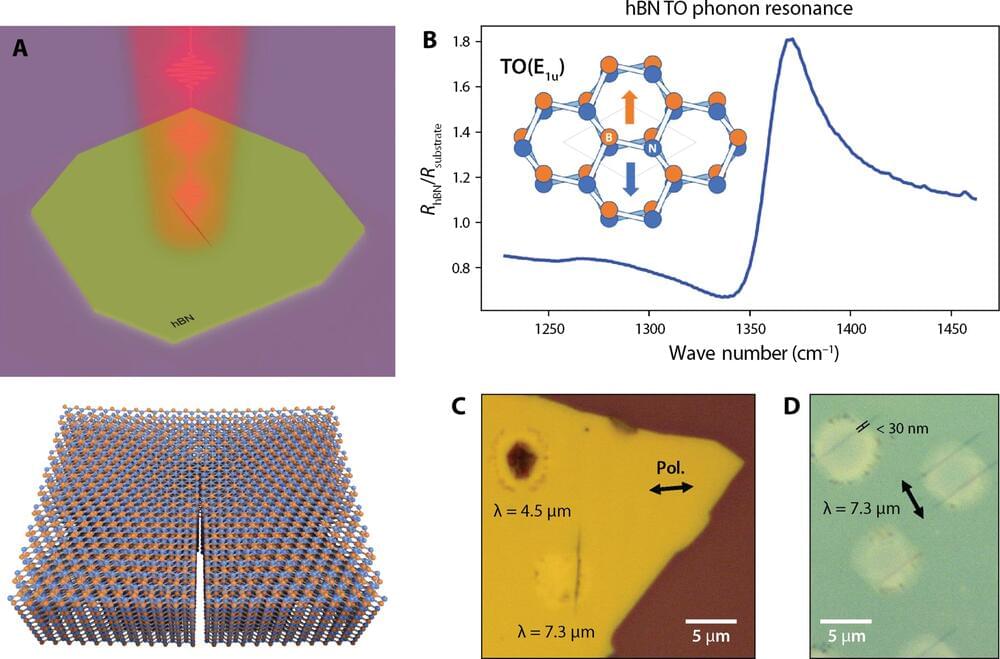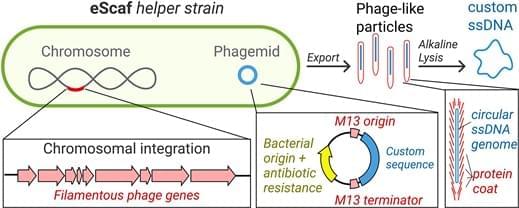May 8, 2024
New high-throughput device to unlock the potential of advanced materials
Posted by Dan Breeden in categories: chemistry, engineering, nanotechnology, sustainability
A Birmingham researcher has developed a new high-throughput device that produces libraries of nanomaterials using sustainable mechanochemical approaches.
Dr. Jason Stafford from the University’s School of Engineering invented the platform to create highly controllable reaction conditions and reduce the substantial amount of time researchers spend generating materials in the laboratory.
The benchtop device is a fully automated unit that can be programmed for parallel synthesis to produce a series of novel materials made in subtly different ways, so creating a library of advanced materials or product formulations for further testing and optimization.


















